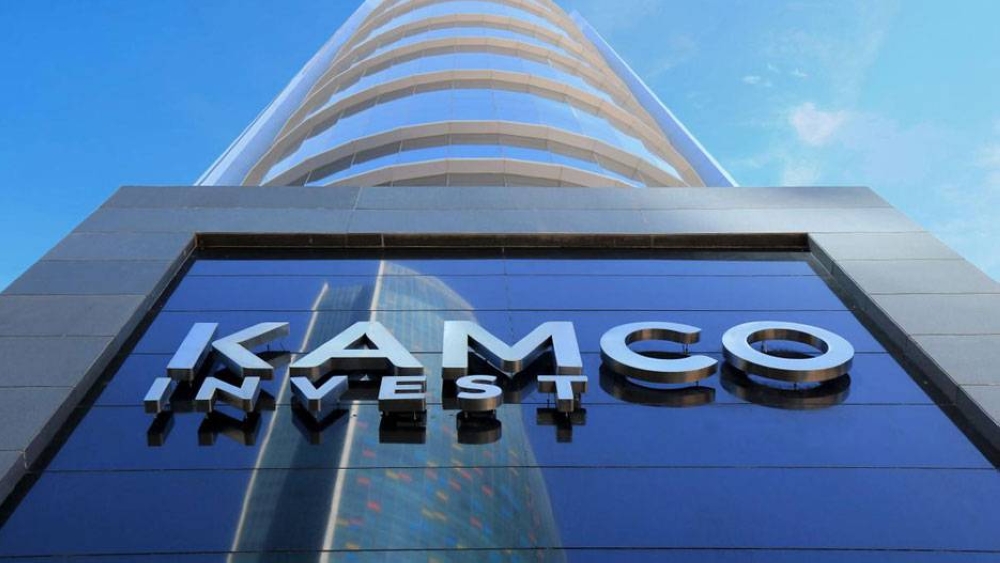Credit expansion in the Gulf Co-operation Council or GCC banks remained strong during the second quarter (Q2) of 2023 despite higher interest rates, according to Kamco Invest, a regional economic think-tank.
Several new big-ticket projects and reform initiatives were announced in the GCC giving further boost to corporate lending, Kamco Invest said in a report.
Aggregate outstanding credit facilities in almost all the countries in the GCC showed sequential growth during the quarter mainly led by a robust projects market pipeline as well as government efforts to reduce the impact of higher interest rates, it said.
Manufacturing activity data from Bloomberg (Markit whole economy surveys) showed PMI (purchasing managers' index) figures stayed strong during the quarter above the growth mark of 50 for Dubai, Qatar, Saudi Arabia and UAE.
The manufacturing activity in Saudi Arabia remained robust with PMI at 59.6 points during June-2023 and remained elevated at during July-2023 at a slightly lower mark of 57.7. The UAE and Qatar also boasted strong PMI figures of 56.9 and 53.8 during June-2023.
Data from the GCC central banks showed a growth in lending across the region during Q2-2023 although the rate of growth decelerated in several markets during the quarter. Saudi Arabia recorded the strongest growth in outstanding credit facilities during Q2-2023 at 2.5%; while growth in Kuwait, Qatar, Bahrain and Oman were below 1%.
The GCC banks continued to record growth in lending during Q2-2023 backed by growth in all markets in the GCC. Aggregate gross loans reached a new record high of $1.91tn, up 1.9% quarter-on-quarter (q-o-q) and 6.5% year-on-year (y-o-y).
Saudi-listed banks reported the strongest q-o-q growth in lending at 2.7% to $640bn at the end of Q2-2023. Bahrain-listed banks were next with a growth of 2.5% in gross loans that reached $58bn; followed by UAE-listed banks with a growth of 2.1% to $529bn. Banks in Kuwait, Qatar and Oman reported slightly smaller growth in gross loans during the quarter.
In terms of type of banks, conventional banks once again recorded a bigger growth in lending during the quarter with a growth of 2.2% to $1.3tn, while Islamic lender’s lending grew at almost half that pace of 1.3% to $596bn.
The trend in net loan growth was almost in line with gross loan with aggregate net loans at $1.82tn at the end of Q2-2023 registering a q-o-q growth of 1.7%. The growth was led by higher net loans recorded in all GCC countries with Saudi Arabia recording the biggest growth of 2.8% q-o-q while that in Qatar was flat.
The aggregate net interest margin (NIM) reported by the GCC-listed banks increased for the third consecutive quarter during Q2-2023 to 3.2% compared to 3.1% the previous quarter.
The increase reflected elevated net interest income during the trailing twelve-month period adding additional rate hikes since the start of 2022. A smaller increase in earning assets also contributed to the growth in NIMs.
The q-o-q growth in NIM was seen across the GCC banking sectors barring Qatar which reported a marginal decline during Q2-2023.
The UAE-listed banks showed the biggest improvement in NIMs during the quarter with an increase of 16 bps to 3.44%, followed by Saudi Arabian banks at 3.23% and 3.05% by Qatari banks during Q2-2023.


